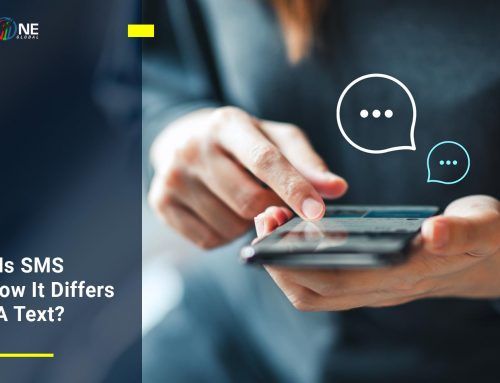SMS online verification involves a network of computers that either control or connect them all for enabling business text delivery. The strategy marks a revolutionary invention in business communication that lasts until today.
SMS online verification stems from widespread cellular phone usage. When cellular phones were firstly used, receiving and sending an SMS became common. Both individuals and enterprises deployed the platform for delivering immediate and short messages.
For business SMS, the first usage came from a subset of mobile networks. The late 1990s and early 2000s saw business messages being transported across all major networks.
Instances of early SMS online verification usages
As cellular phones become ordinary gadgets, SMS online evolves to meet growing business goals. In the early 2000s, the Internet became a tool to deliver messages. This web-based SMS is equipped with SMS gateways and mobile networks today. The technologies open for message access via the Internet.
The examples of this early usage are informing on new products, welcoming notes for new subscribers, and offering discounts. The instances worked during the first implementation and extend until now.
What makes today’s usage seems extensive may lie in the customer relationship management (CRM) implementation. The strategy requires multichannel implementations for all customer journeys at all stages.
Henceforth, SMS online verification accommodates for keeping loyal customers closer. This can be conducted through a loyalty promo campaign. Companies deploy SMS to send special discounts or membership programs for their long-time buyers. To confirm, they need to send a verification code.
SMS serves as an integral part of marketing campaigns for almost all companies. The broad idea is supported by the ever-growing usage of smartphones for today’s dynamic people. Once your company spots the chance correctly, the next step is selecting which SMS content providers or service providers that will assist your marketing effort.
Some points to consider are the references of the potential providers and their details on message routings. Your enterprise needs to study each of the potential providers’ route types: substandard or Tier 1.
The substandard routes will usually produce low percentage or message delivery despite the low cost. While Tier 1 works better because it ties directly into the mobile networks via SMS Gateways. The method will commonly record a higher rate of delivery.
Our company, PT Triple One Global, has extensive experiences with diverse clients locally and internationally. We offer high-end technology and customer support for assisting your company in meeting business targets across all business lines.
Also read: SMS Verification As A2P’s Top Use Example




